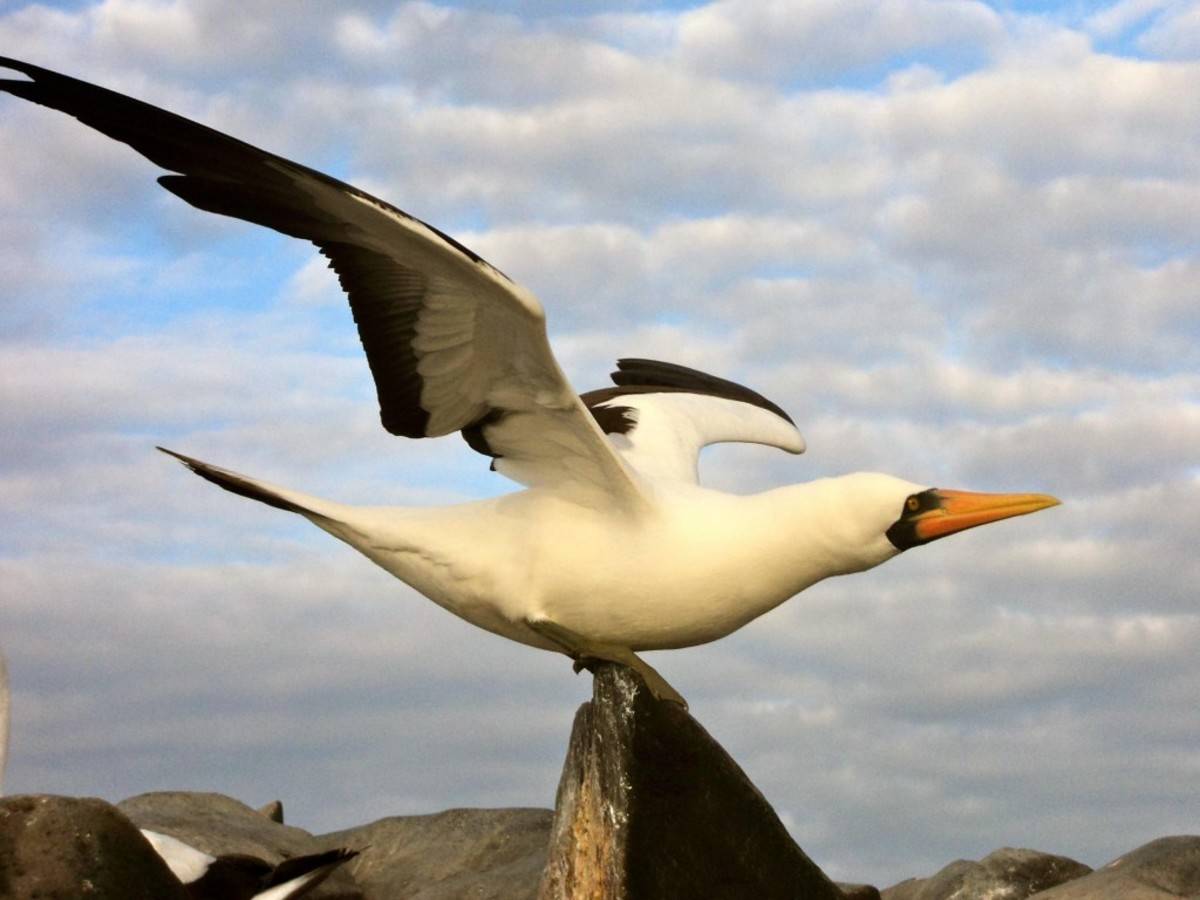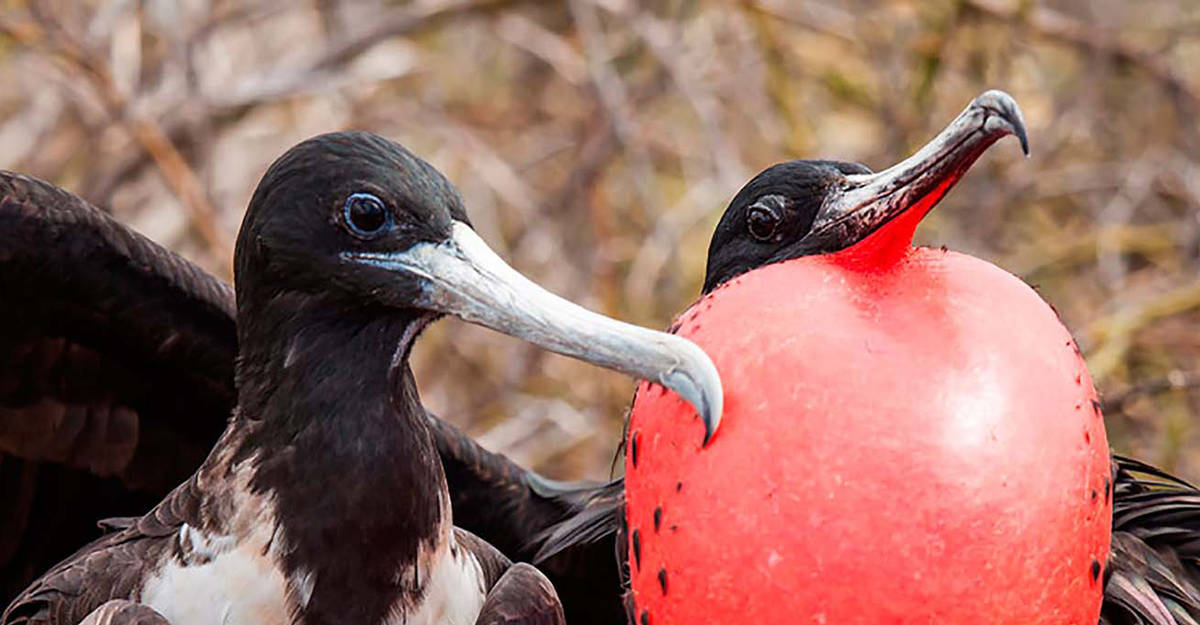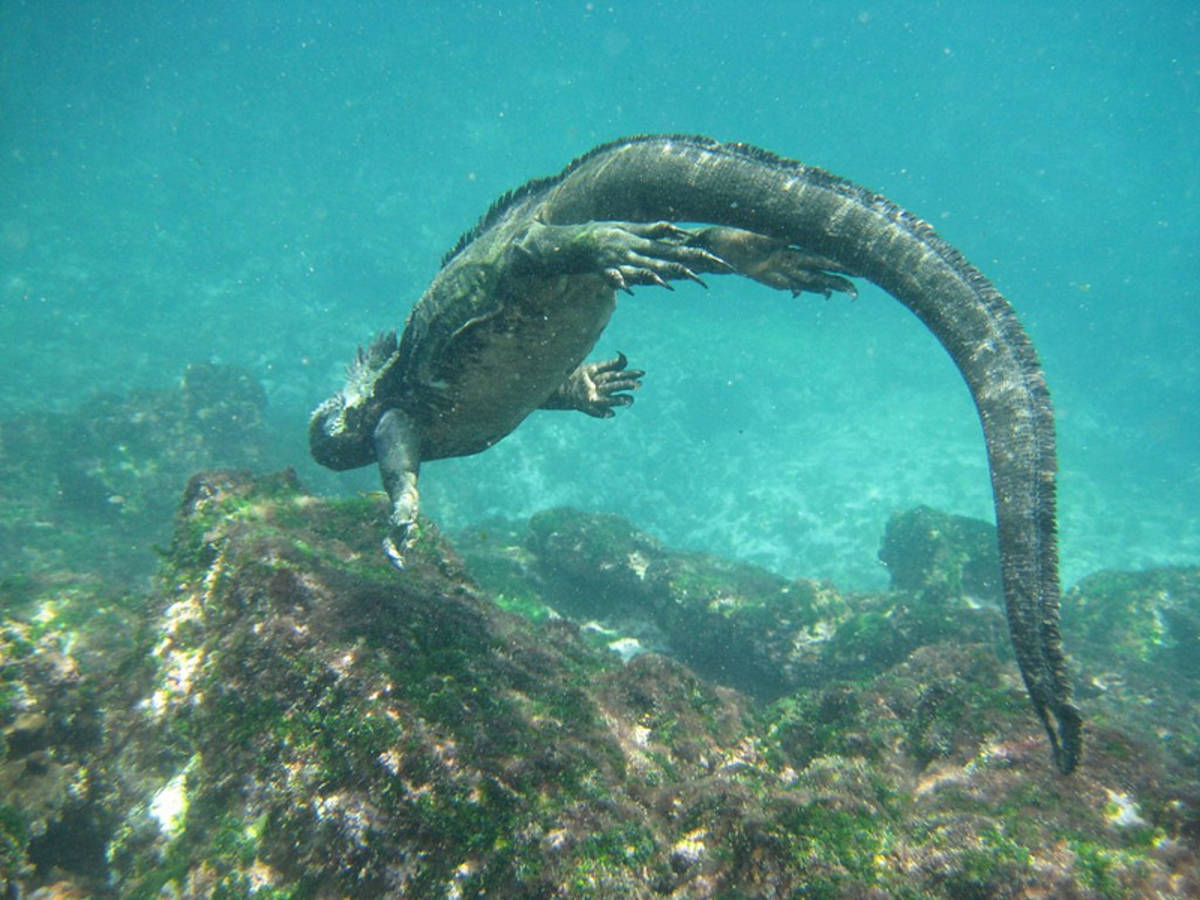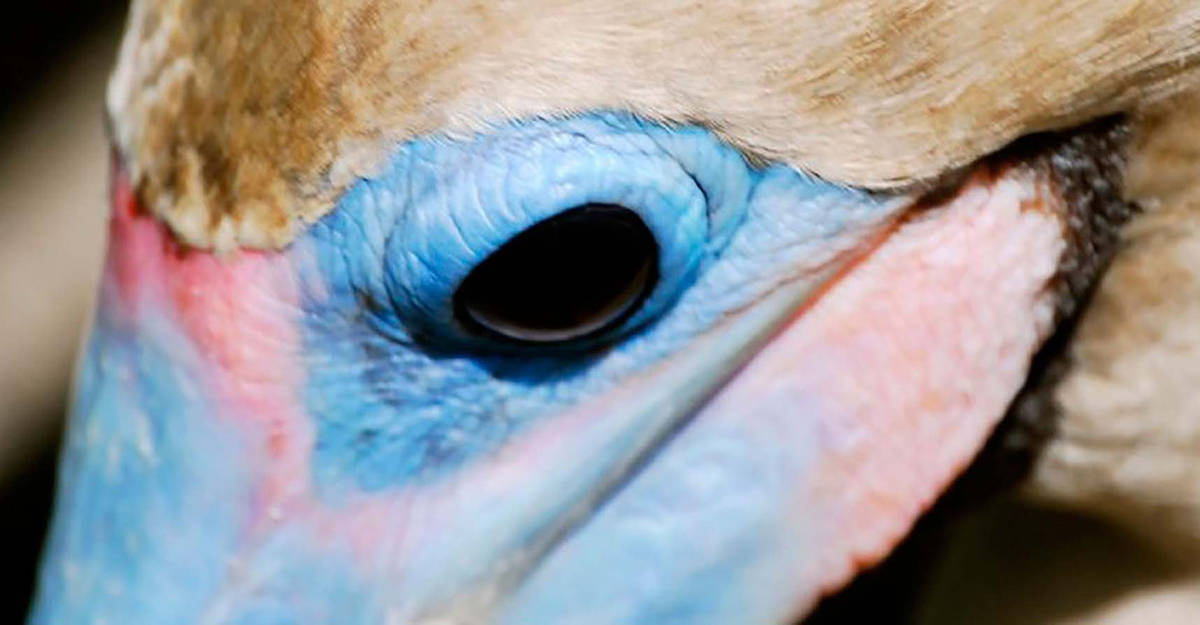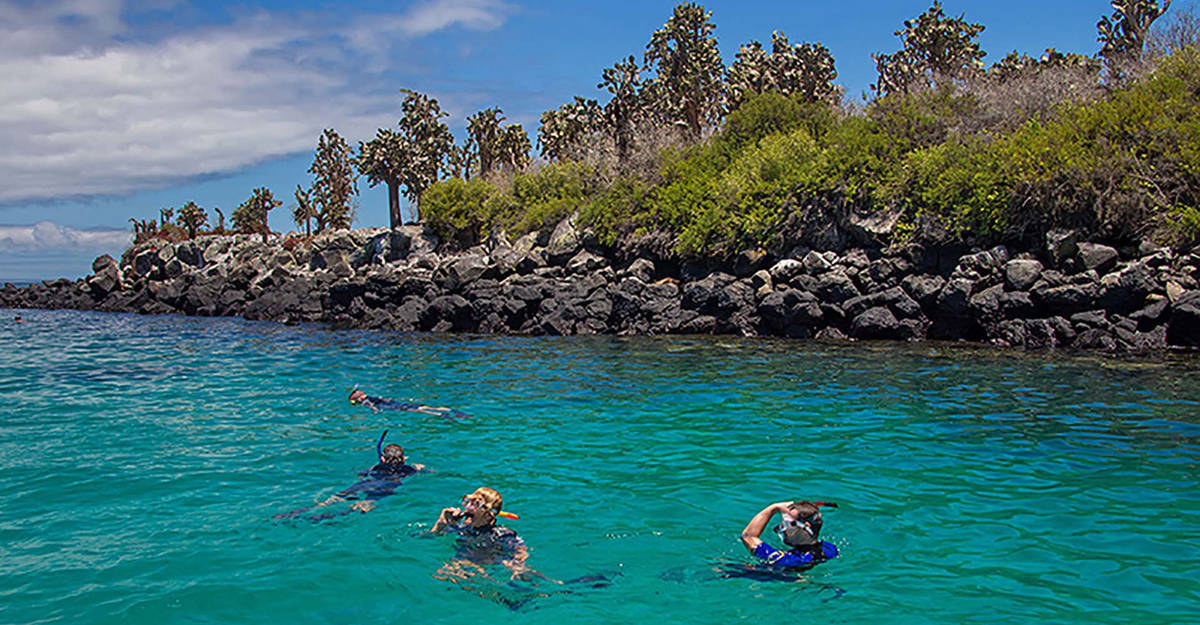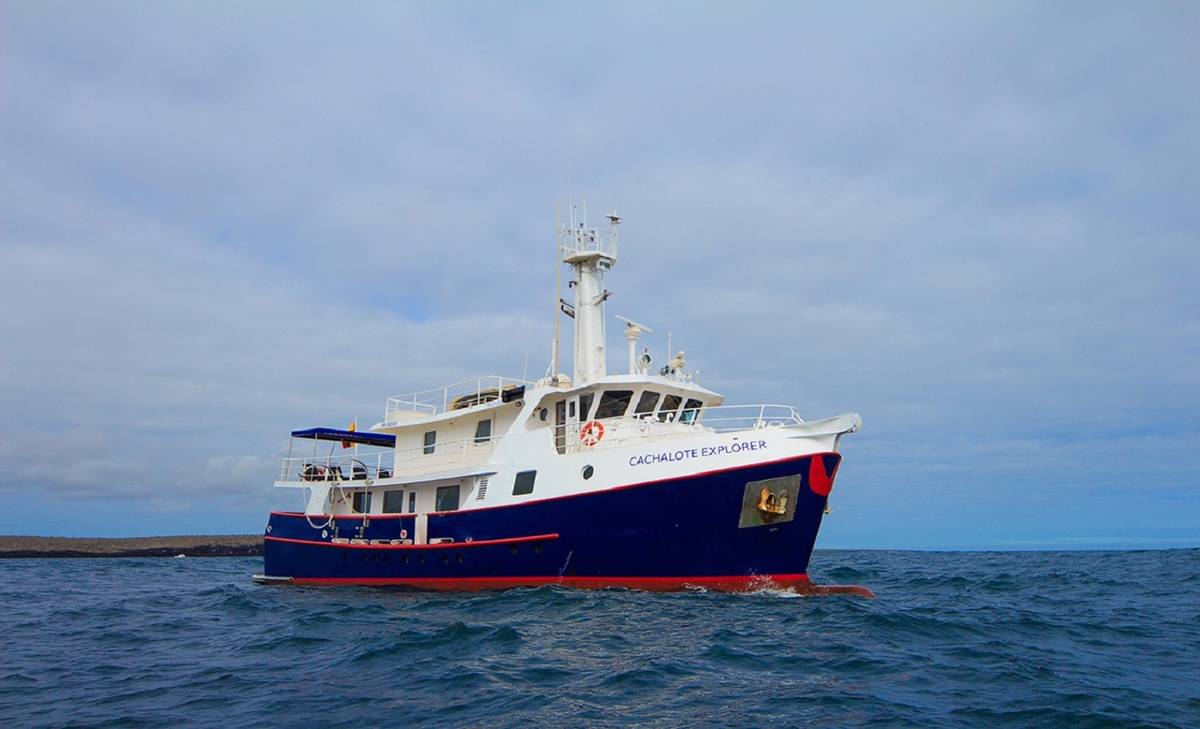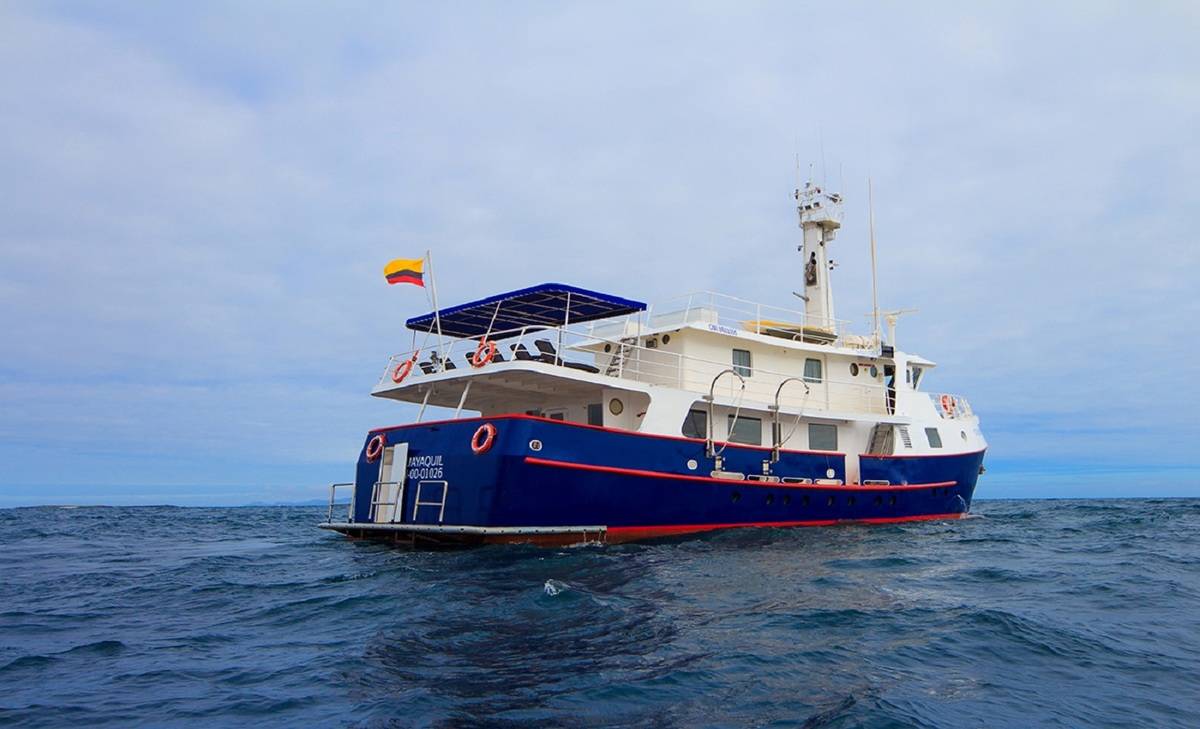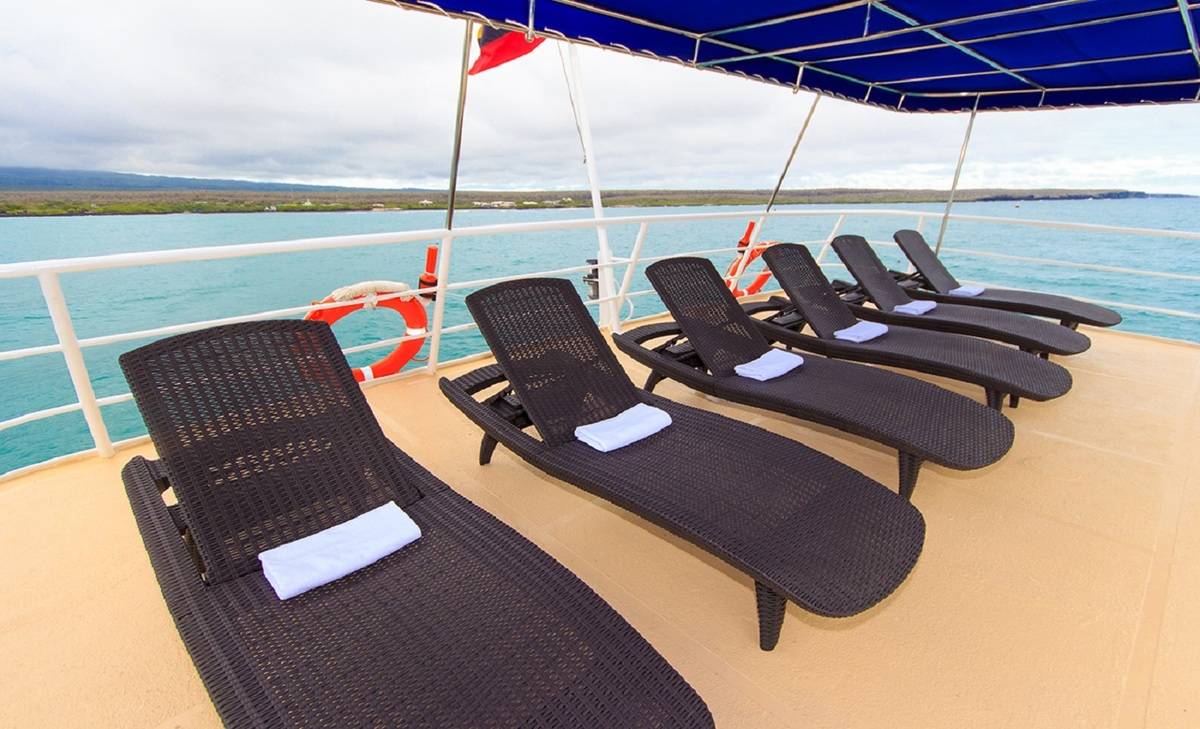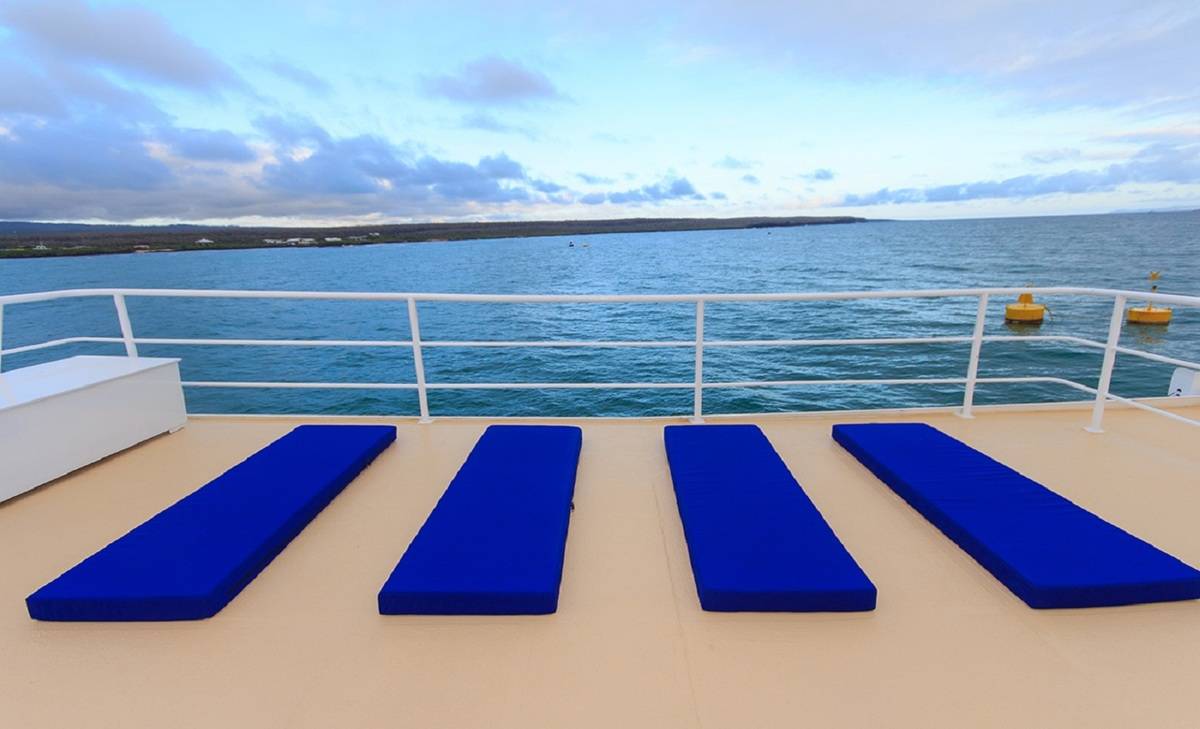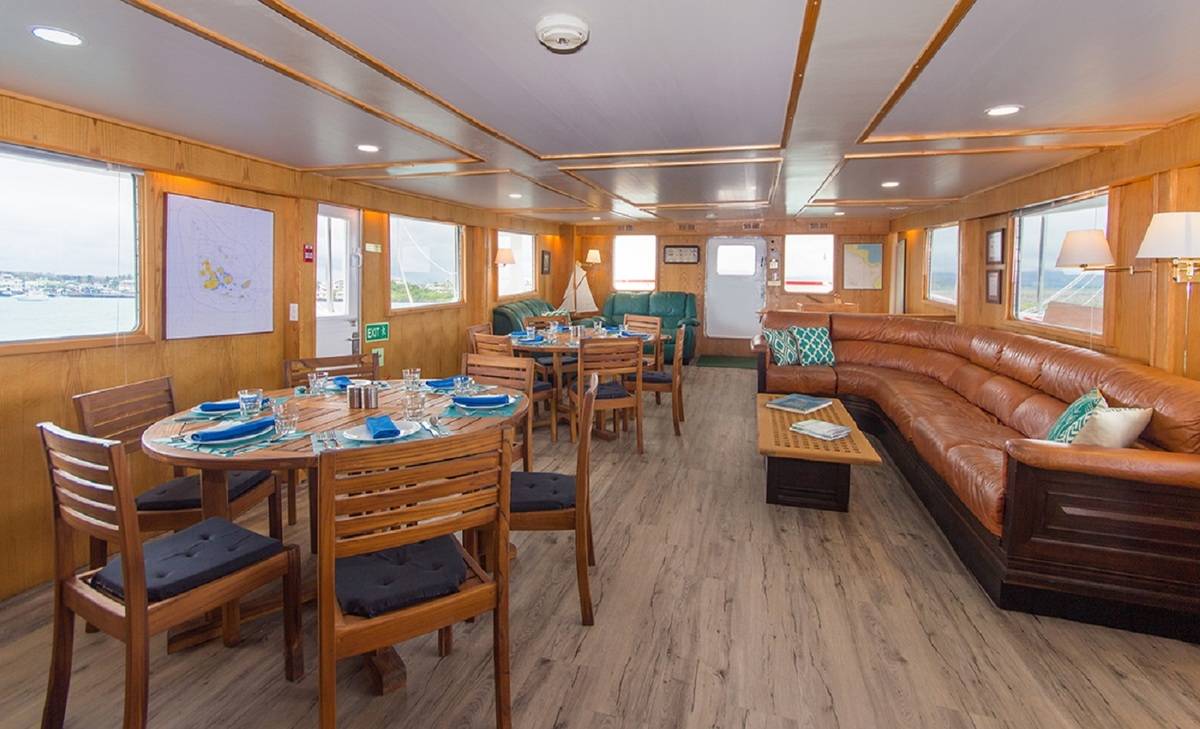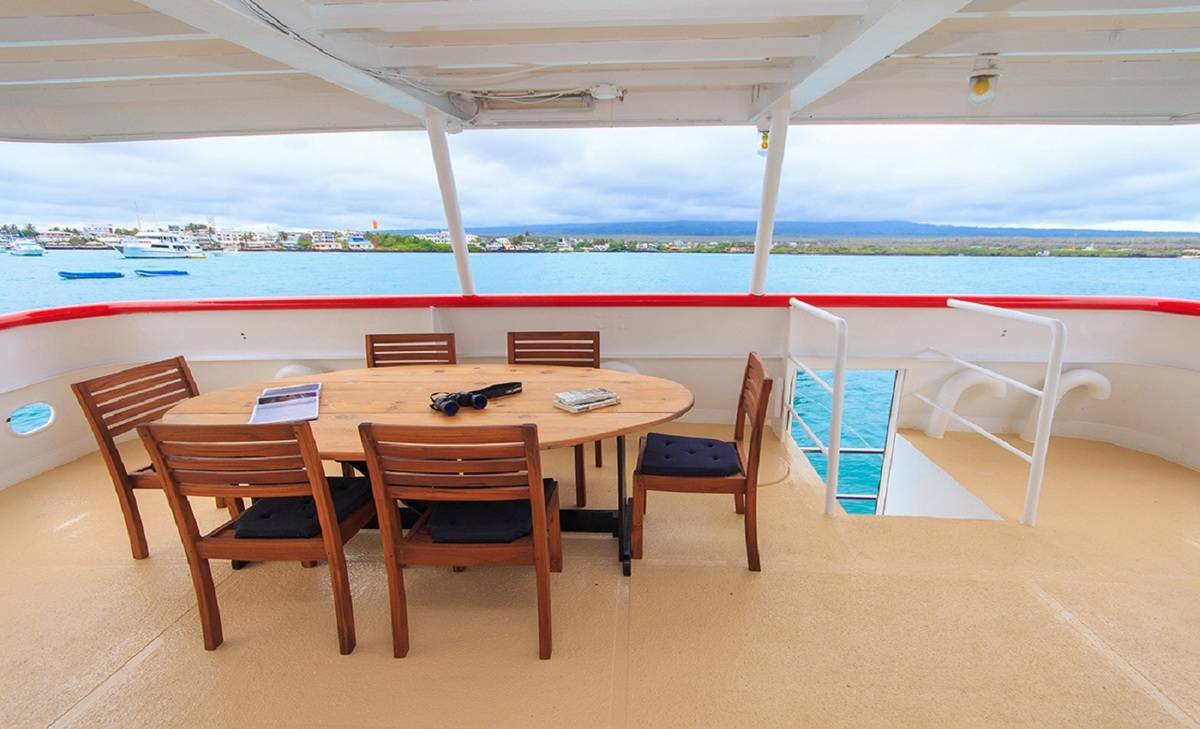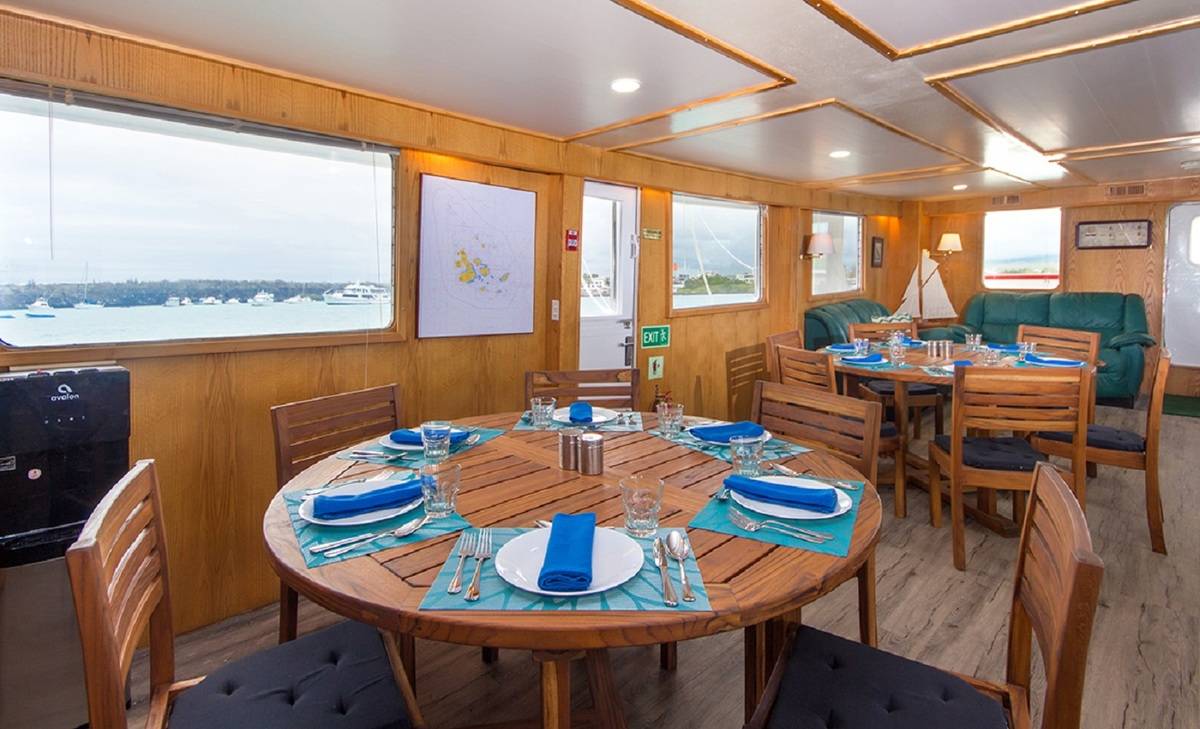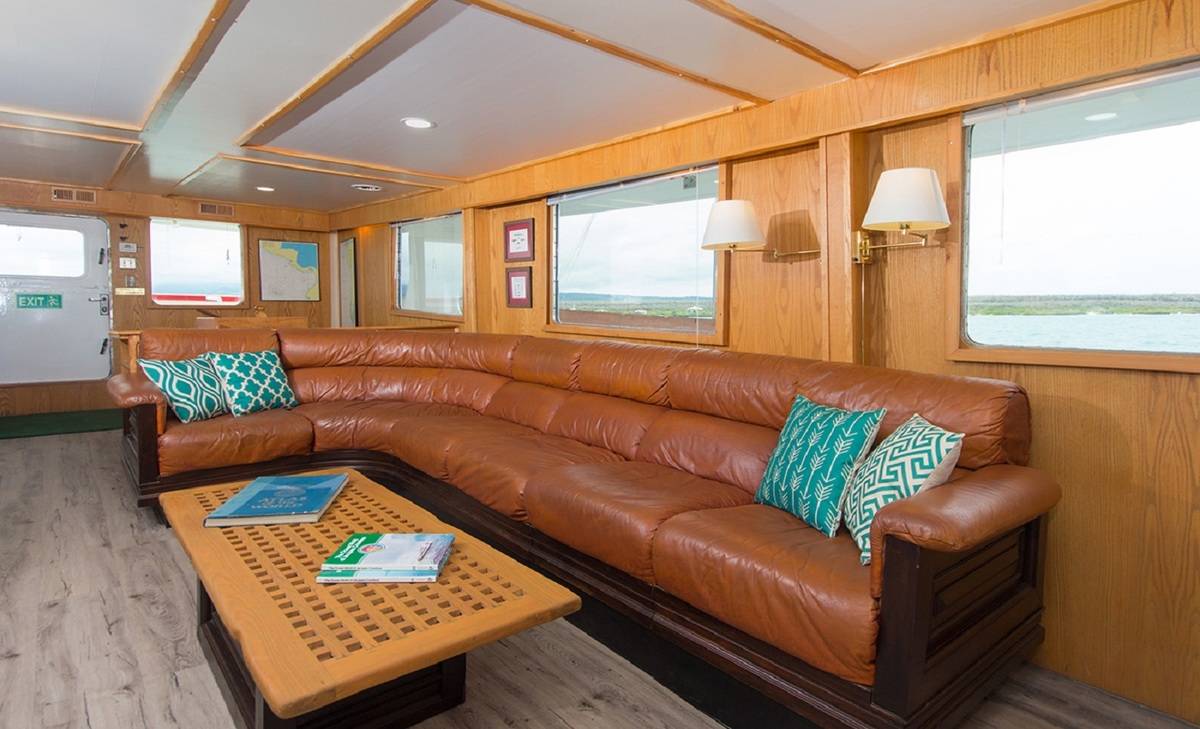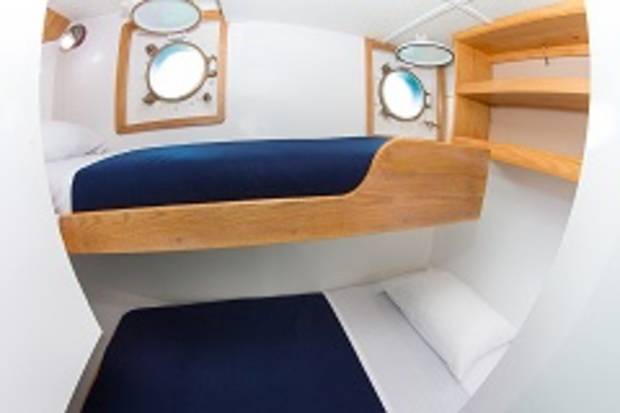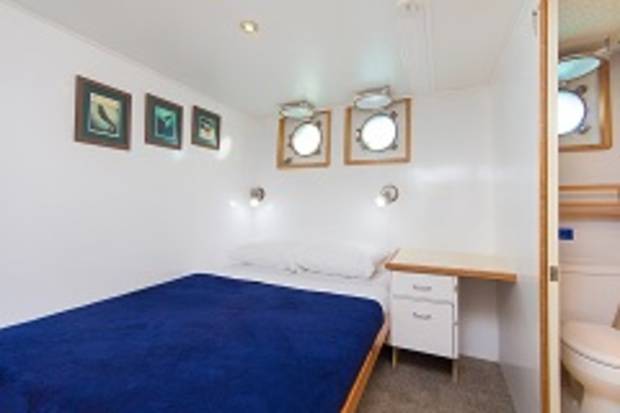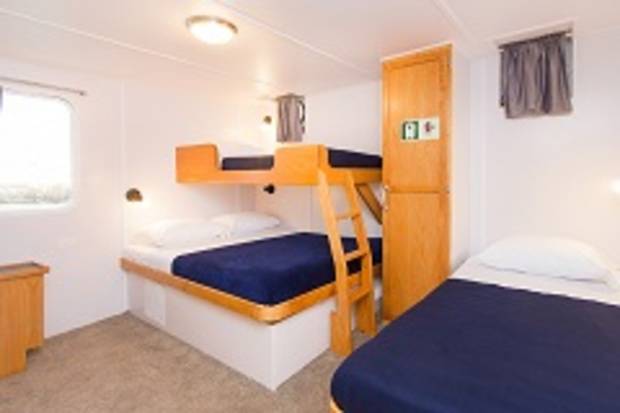''Tower'' Itinerary
8 Days - Cachalote Explorer
This Cachalote Explorer trip itinerary focuses on the Central, Southern and Northern Islands, including visits to Tower and Hood Island, two of the highlights of the Galapagos Islands.

Home » 8 Day Cachalote Explorer: ”Tower” Itinerary
Itinerary Highlights
- See tortoises in their natural environment.
- Enjoy breathtaking views of the islands from the highland.
- Highlights include Santa Fe land iguanas, pelican nesting site, sea lion colony, mockingbird, and Palo Santo trees.
Itinerary in Brief
- Day 1: Arrive at Baltra Airport / Santa Cruz Island: Highlands of Santa Cruz and Charles Darwin Station
- Day 2: South Plaza Island / Santa Fe Island
- Day 3: San Cristóbal Island: Witch Hill (Cerro Brujo) and Galapaguera and el Junco.
- Day 4: Española (Hood) Island: Gardner Bay, Islote Garnder and Islote Osborn and Punta Suarez
- Day 5: Floreana Island: Punta Cormorant, Devil’s Crown and Post Office Bay
- Day 6: Santa Cruz Island: Dragon Hill / James Island: Sullivan Bay
- Day 7: Tower (Genovesa) Island: Darwin Bay and El Barranco
- Day 8: Daphne Mayor Island / Baltra for return flight to Quito
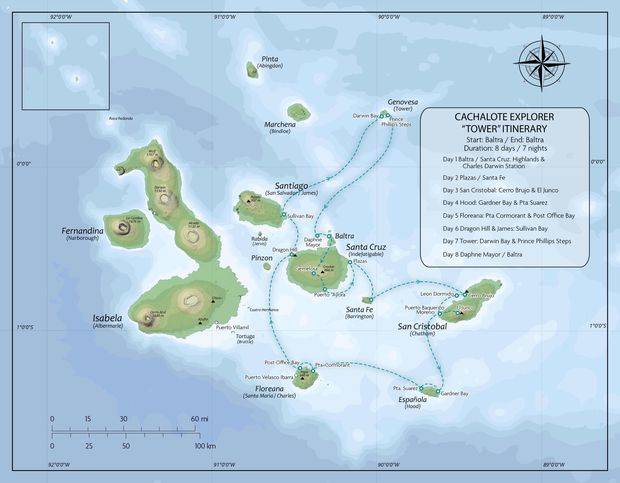
Day 1: Baltra / Santa Cruz: Highlands & Charles Darwin Station
Arrival to Baltra airport. Passengers are welcome by our guides and transferred to the Cachalote. After departure the first island visit is made.
Visit the Charles Darwin Station is a research facility and National Park Information centre. The Charles Darwin Station has a giant tortoise and land iguana breeding program and interpretation centre.
Day 2: Plazas / Santa Fe
Plazas consists of two very small islands that were uplifted from the sea, separated by a channel. Only South Plazas has a visitor site. The highlights include tall Opuntia cactus, land and marine iguanas, rocky cliff that looks out towards open ocean which is also a nesting site for red-billed tropic birds and gulls, and a seal lion bachelor colony.
Santa Fe is a smaller island of 24 km2. The visitor site Santa Fe is located on the northeast end of the island. Highlights include Santa Fe land iguanas, pelican nesting site, sea lion colony, mockingbird, and Palo Santo trees.
Day 3: San Cristobal: Cerro Brujo & El Junco
San Cristóbal is the easternmost island of Galapagos and also one of the oldest. Cerro Brujo is a white sand beach on the west side of San Cristóbal. Highlights include: Sally Lightfoot crabs, marine iguanas, and sea lions, Chatham mockingbird, lava lizards.
The lagoon is the only fresh water reservoir in Galapagos and has great views from its altitude of 700m in the highlands of San Cristóbal. Rainwater has collected in the caldera for hundreds of years and formed this lagoon. Galapaguera is a good area to see tortoises in their natural environment.
Day 4: Hood: Gardner Bay & Pta. Suarez
Española is the oldest of the Southern Islands and is the southernmost in the archipelago. Because of its remote location a unique range of endemic species evolved here. Gardner Bay is located on the northeast of the island, the site has a long and beautiful white sand beach inhabited by sea lion colonies.
The wildlife at Punta Suarez is plentiful and varied. Along the cliff visitors can enjoy the blowhole where seawater is forced about 20m into the air. The highlights are the Waved albatross (April-Dec), Galapagos Hawks, blue-footed boobies, Nascar boobies, and Española lava lizards.
Day 5: Floreana: Pta. Cormorant & Post Office Bay
This is one of the few sites visited for its human history. Visit the wooden mail barrel where letters are dropped off and picked up and remains of the Norwegian fishing village. Punta Cormorant has two contrasting beaches and a large inland lagoon where pink flamingos can be seen.
This is one of the few sites visited for its human history. Visit the wooden mail barrel where letters are dropped off and picked up and remains of the Norwegian fishing village.
Day 6: Dragon Hill & James: Sullivan Bay
Dragon Hill is located in the northwestern side of Santa Cruz Island. Some highlights include small lagoons with flamingos, Palo Santo trees, and Opuntia cactus.
Santiago Island is located between Isabela and Santa Cruz Islands. This Island offers a wide variety of seabirds, marine iguanas and fur seals. This site is of great geological interest. Highlights: 100 hundred year old lava flow field, pahoehoe formations, lava bubbles.
Day 7: Tower: Darwin Bay & Prince Philips Steps
Genovesa is an eroded flat volcanic island, with a natural harbor, which is actually the submerged caldera of this volcanic island. There is a good possibility of seeing the unique “Short eared owl” at El Barranco. During the dinghy rides along the cliffs fur seals and several species of seabirds can be spotted.
The steep cliffs of this area dominate the island. This area is home to thousands of frigate birds, red-footed boobies, Noddy terns, lava gulls, tropicbirds, doves, storm petrels and Darwin’s finches.
Day 8: Daphne Mayor / Baltra
Daphne Mayor is a small tuff cone island where many species of birds nest. Famous for a 20 year study of Darwin’s Finches conducted by Peter and Rosemary Grant. During the circumnavigation you will see blue-footed boobies, nasca boobies, red-billed tropicbirds and other sealife.
Baltra
Return flight to Quito
Cabin Details
Cabin 8
Located on lower deck, lower double bed and upper single bed, private bathroom with hot/cold-water shower & air conditioning.
Cabin 3-7
Located on lower deck, private bathroom with hot/cold-water shower & air conditioning.
Cabin 3: lower double bed and upper single bed
Cabin 4: lower double bed and upper single bed
Cabin 5 & 6: queen bed
Cabin 7: lower double bed and upper single bed
Cabin 1-2
Located on upper deck, 3 beds (two lower double beds and one upper single bed or one lower double bed, one lower single bed and one upper single bed), private bathroom with hot/cold-water shower & air conditioning.
Cachalote Explorer Deckplan
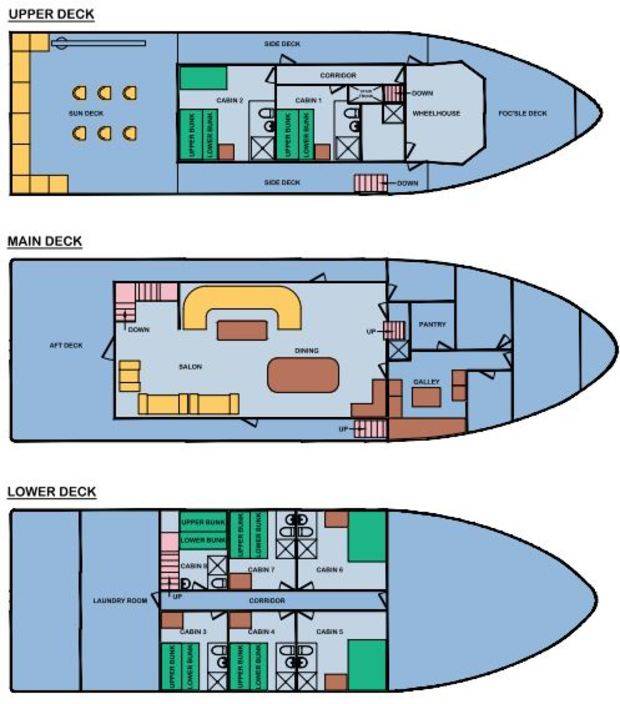
Specifications
- Category: Standard First-Class Motor Vessel
- Capacity: 16 passengers
- L.O.A: 88ft
- Beam: 24ft
- Salon Dimensions: 17.5ft x 35ft
- Type: Motor Vessel, Steel hull
- Mechanical Equipment: 1 main Caterpillar Engine, 3 Generators (110v), 2 reverse osmosis water makers, sewage treatment plant
- Safety Equipment: VHF (DSC) & HF (DSC) radios. EPIRB, SART, Hunter satellite tracking device, 2 GPS’s, 2 radars, depth sounder, flares, basic first aid kits, 2 tenders with outboards, fin keels for extra stability, flotation rings, life rafts with surplus capacity for all passengers and crew, fire alarm system.
- Guest Accommodation: 8 cabins each with private bath. Hot / cold water showers. Combination of Queen, Double and Twin sized mattresses.
- Crew: All crew are fully trained and certified. Captain, multilingual naturalist guide, cook, engineers, barman, and 4 sailors.
- Cruising speed: 8 knots (approx.)
Whats included?
- On-board accommodation
- All meals during voyage
- Scheduled excursions
- Services of experienced guide(s)
- Use of snorkel and kayaking equipment
- Welcome cocktail
What’s not included?
- International and internal airfares
- Arrival/departure taxes or reciprocity fees, visa fees where applicable
- Galapagos National Park entrance fee US$100 per person
- Transit control card US$20 per person
- Christmas & new-year surcharges
- Travel insurance
- Wet-suit rental
- Gratuities
- Any items not mentioned as included

